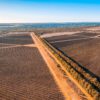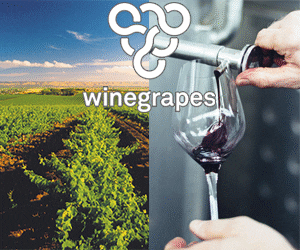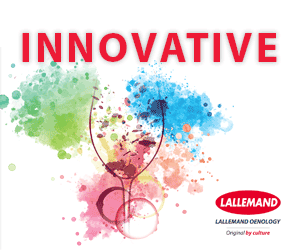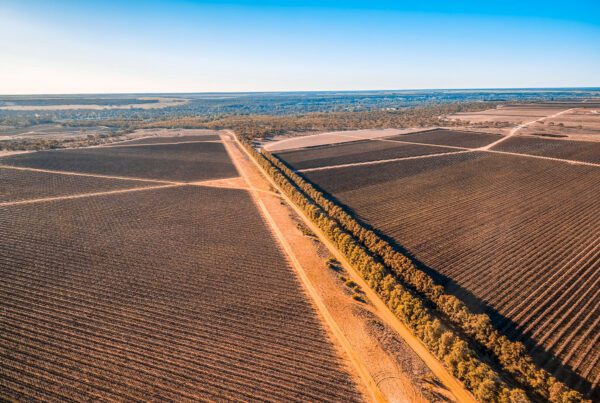
Fowles Wine in the Strathbogie Ranges hasn’t wasted any time putting its $500,000 Coles Nurture Fund grant toward developing its groundbreaking BatNav system which has the potential to reduce reliance on pesticides in vineyards – and other horticultural and agricultural environments – in a move toward 100 percent natural pest control.
The project utilises a series of interventional structures strategically placed throughout the vineyard to subtly guide microbat (tiny insect-eating bat) populations to extend their feeding zone, maximising their consumption of common vineyard pests including the light brown apple moth, beetles and other agricultural nuisances that cause costly destruction.
Microbats use echolocation, a sophisticated form of sonar, to navigate and hunt in the dark.
These soundwaves bounce off objects, providing information about the environment, enabling them to navigate and hence hunt their prey.
However, as microbats venture further into the vineyard, away from the remnant vegetation where they live, their ability to echolocate is significantly reduced as there are no vertical structures to echolocate from, resulting in a narrow feeding zone around the vineyard edge.
The BatNav system leverages this natural behaviour by creating a system that reflects and manipulates echolocation signals, guiding microbats into pest-rich zones.
This increases their feeding efficiency and reduces pest populations in vineyards.
Microbats are voracious predators – capable of eating their body weight in pests every night – meaning they play a crucial role in sustaining balanced ecosystems.
Despite their ecological significance, microbat populations have been reducing due to habitat destruction, pesticide exposure and environmental shifts that hinder their ability to hunt effectively.
Fowles Wine CEO and owner Matt Fowles said the Coles Nurture Fund grant has helped bring to life an Australian-first idea with far-reaching benefits.
“We’re very excited about the potential impact of our BatNav system in controlling agricultural pests in Australian vineyards, which could save the wine industry $50 million a year in pesticide costs and deliver a host of other environmental benefits,” he said.
“The potential impact goes beyond Australia’s vineyards and we’d love nothing more than to see this system adopted in vineyards, orchards, market gardens and other pest-prone crops across Australia – and the world – because it represents a genuine win-win for producers and biodiversity.
“Our goal is to develop a cost-effective solution that’s simple for producers to install and maintain and integrates seamlessly into existing operations – encouraging its adoption on a broad scale.
“Wine-lovers are also winners because the BatNav system improves vineyard health, reduces wine cost and enhances wine quality.”
Prior to applying for the Coles Nurture Fund, Fowles partnered with the University of New England (UNE) to undertake a year-long study at its Strathbogie Ranges vineyards to better understand the different microbat species living there (of which there are 12), their feeding habits and their role in maintaining biodiversity in the local ecosystem.
Matt Fowles said the results of the research, along with other projects conducted with Euroa Arboretum, clearly showed that they’re on the right track with their biodiversity strategy.
“We now have the dataset to back our intuition and can confidently go full steam ahead in achieving our vision,” he said.
“The current phase of the project, which will take us through to the new year, is focusing on trialling the system across four vineyard sites, with one for control purposes and three for testing different BatNav prototypes co-developed with Cobalt Design, one of Australia’s leading industrial design agencies.
“After that, we’ll go into extensive field testing, data collection, analysis and system refinement, striving towards our aim of launching into market in late 2026.”
The team has begun capturing the BatNav project’s progress for a ‘fly-on-the-wall’ docuseries.
“We are rapt to have a platform to share what we’re learning – and what other producers can too – to improve understanding, practices and care for the environment,” he said.













Recent Comments